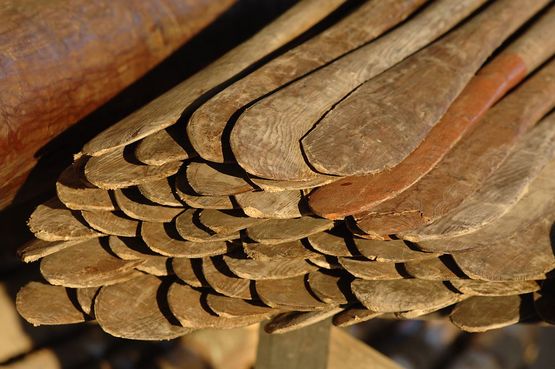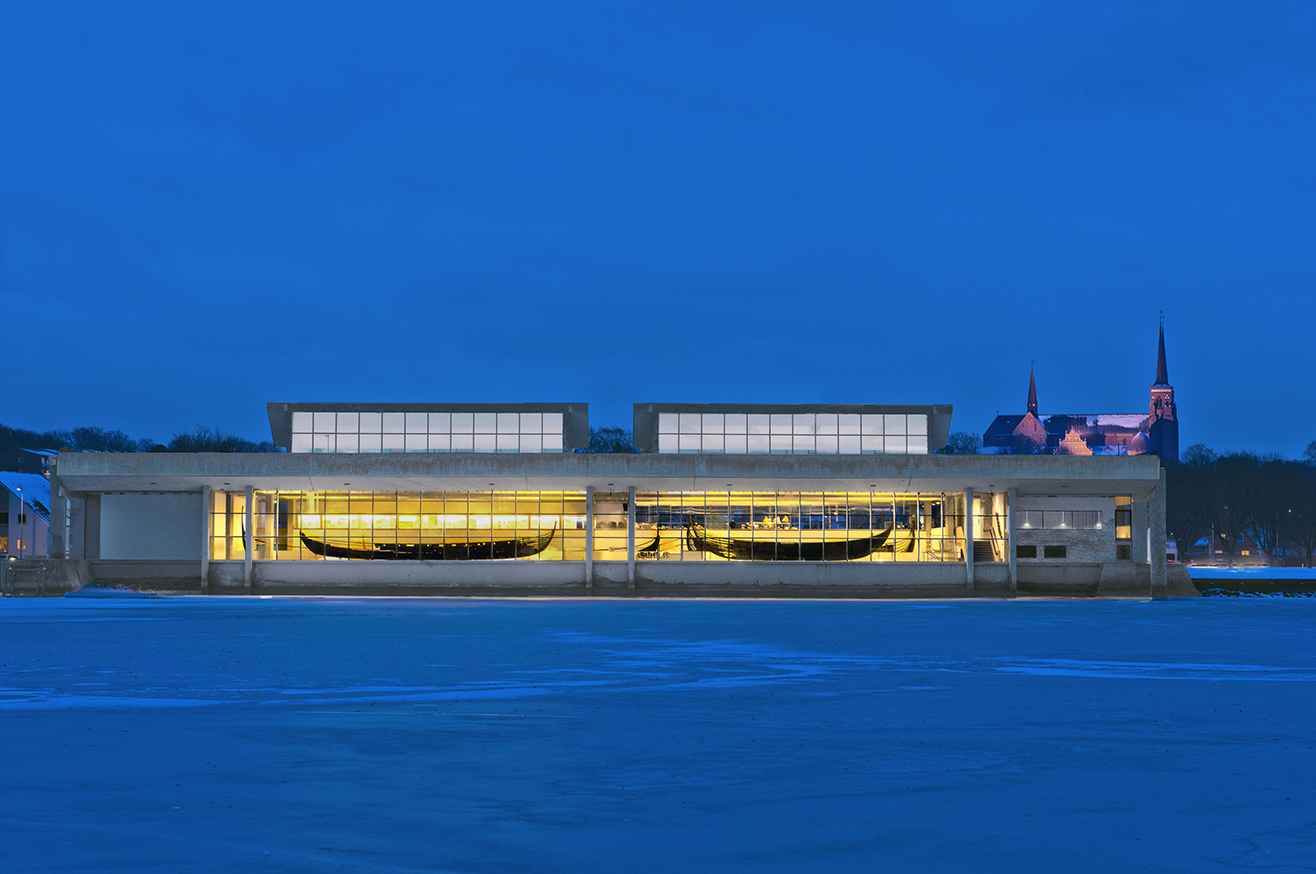
Ongoing research projects
The Viking Ship Museum investigates maritime cultural history on both national and international levels, conducting everything from basic to advanced research, using our collection as the starting point. The research potential of our underwater investigations and experimental archaeological projects was scrutinised and later applied to our research projects. Projects are often conducted in collaboration with other research institutions.
The research projects conducted between 2015-2019 are aimed at providing substantial contributions to the Viking Ship Museum’s vision and plan for a new Viking Ship Museum focusing on Man, Ship and Sea in ancient and medieval times.
Below you can find a list of selected ongoing research projects.
Prior to a large scale development project, the Viking Ship Museum conducted archaeological investigations in the Harbour of Køge, Denmark from 2014 to 2017. The extent of the development project gave a unique opportunity to investigate a large area containing a well preserved fossil landscape, which had been used intensively during the early Mesolithic. Under the thick sand and silt layers, a former course of a stream as well as a possible outlet were preserved. Along the shorelines, archaeological finds spanning a timeframe from the early Boreal to the mid-Atlantic period were found. This is a period of large climate and environmental change and with extensive coastline displacements. The archaeological finds consist of large amounts of worked flint, the majority of which can be typologically dated to the Maglemose culture. Furthermore the remains of a self-caching fish-structure built from hazel and dated to the transition between the Maglemose and the Kongemoseculture was found. The well preserved and well documented landscape made it possible to reconstruct the prehistoric environment over time and model the local shoreline displacement – this gives a unique environmental context to the archaeological finds of the area.
External collaboration: Cathrine Jessen, National Museum of Denmark
Outcome: International peer-reviewed article
Project responsible: Curator Klara Fiedler
No prehistoric era in Scandinavia is able to present such a vast number of ship motifs as the Bronze Age. They are found on bronzes and rock surfaces as well as in the shape of stone ship settings; they seem almost uncountable. The great importance of the ship symbol in Bronze Age art is evident, and this motif seems to be highly interwoven with the religious thinking of Man in this era. This is quite understandable as the Bronze Age in particular is characterized by the evolution of maritime networks, based on the growing need for metals and other long distance trading goods.This main role played by the ship in the pictorial world of the humankind is quite a paradoxical contrast to the absence of the vessel’s physical remains. From Scandinavia only a few archaeological finds of Bronze Age vessels are known. Mostly these are monoxylous logboats. Bronze Age logboats are also known from Western Europe, though in a more considerable number. From Britain a number of plank-built boats are known.
The Varpelev logboat from c. 1000 BC and found in Eastern Denmark is the most prominent among these rare Scandinavian finds. Its size alone tells about a careful selection of raw materials and a high level of craftsmanship along with a great potential for transporting goods and people. Since its excavation in 1973 the Varpelev boat existed rather anonymously in the local museum’s storage in decades. But after a detailed re-conservation of the boat-find it was entrusted to the collection of The Viking Ship Museum in Roskilde in 2016. This research project will be the scientific framework for the future display of the boat in the Viking Ship Museum and the scientific results will be disseminated in the Viking Ship Museums international acknowledge research book series Ships and Boats of the North.
External collaboration: Senior researcher Ole Kastholm, ROMU.
Planned outcome: The Viking Ship Museums book series Ships and Boats of the North
Project responsible: Research coordinator Morten Ravn
Funding provided by: Kulturministeriets Forskningspulje og KrogagerFonden
Project under development (at the moment the project description is only in Danish):
I Storstrømmen, i området mellem Vordingborg og Orehoved, er der i løbet af de seneste år undersøgt en række submarine lokaliteter med dateringer fra samtlige perioder af Ældre stenalder. Ælder stenalder i Danmark udgør en periode med meget store miljømæssige forandringer. Med ændringer i klima, flora, fauna og havniveau forvandles landskabet omkring Storstrømmen i løbet af denne periode fra en Senglacialt tundradal til et højproduktivt Atlantisk fjordlandskab omkranset tæt urskov. Det er formålet at undersøge og rekonstruerer landskabets udvikling/tilblivelseshistorie. Landskabet kan således fungere som kontekst for de arkæologiske lokaliteter, og udviklingen af landskab, miljø og klima, som baggrund og forståelsesramme for den kulturhistoriske udvikling som sker i løbet af perioden (dvs. gøre lokaliteterne til steder i landskabet og ikke bare til samlinger af oldsager).
External collaboration: Mikkel Sørensen (Copenhagen University), Kristoffer Buch Pedersen (Museum South-east Denmark) and National Museum of Denmark Further collaboration is beeing negotiated.
Planned outcome: Conference and a peer-reviewed proceedings publiced in the Viking Ship Museum series Maritime Culture of the North.
Project responsible: Curator Morten Johansen, curator Klara Fiedler and research coordinator Morten Ravn
Download reports
The Viking Ship Museum publishes maritime archaeology reports and experimental archaeology reports. All reports can be downloaded free of charge.
